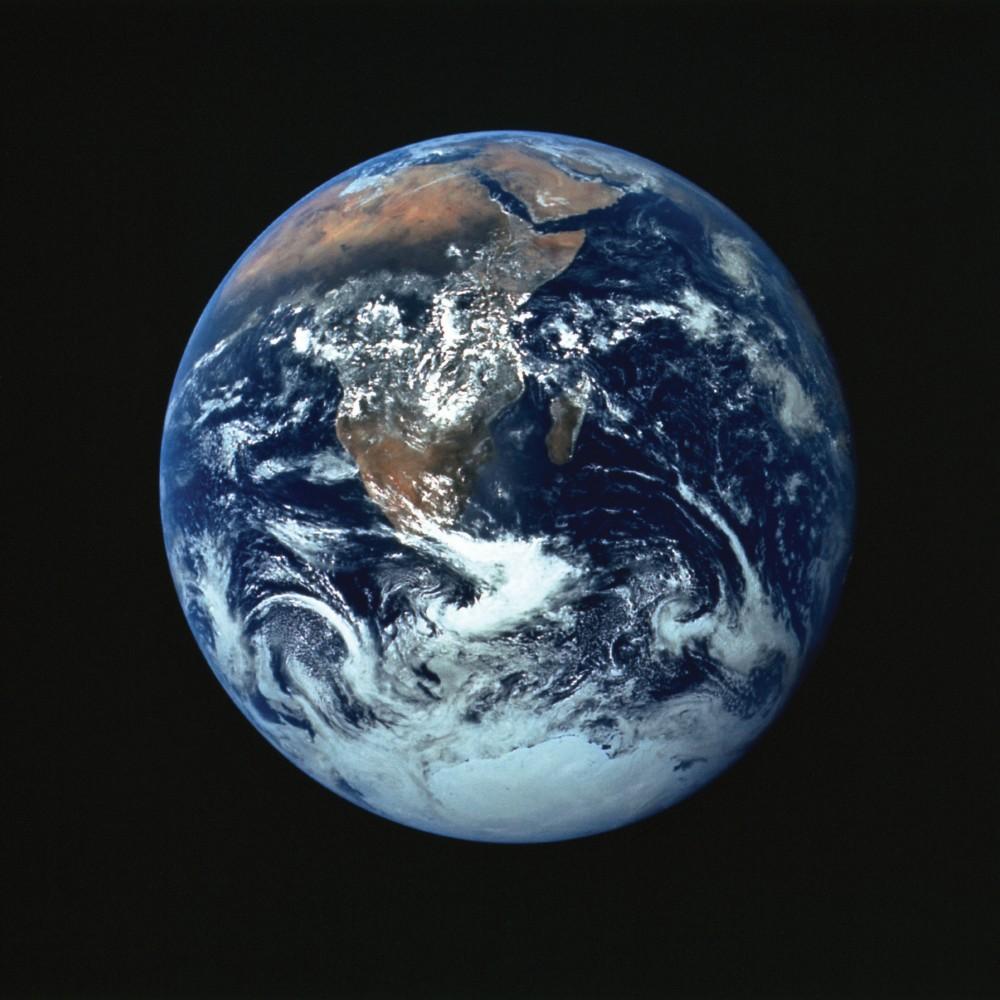GVSU Art Gallery Photographs Rocket Students to Space

1996-98 AccuSoft Inc., All right
Courtesy / GVSU Collection Courtesy of NASA Images
Jan 9, 2014
The burning embers of a star may seem to be just a mere glimmer to the human eye. For those who search to discover and study the world above, the view is different. Through the advancement of technology over the past 50 years, photographs have been used to bridge the gap, creating a gateway to the undiscovered beauty of the universe. This semester, students at Grand Valley State University can witness the universe through a gallery of these photographs.
The History of Space Photography exhibit opens Jan. 15 in the GVSU Performing Arts Center. The exhibit kicks off with a reception followed by a chance to marvel at the wonders above through a 4-inch Unitron refractor telescope with the assistance of professor Doug Furton. The exhibit is the first of the winter semester, specifically chosen because of its reliability.
“(This gallery is) allowing us to be more relevant within the campus world,” said David Newell, curator of the exhibit.
The photographs are different from the art typically displayed at the gallery. They represent not only the images captured by the lens but also various areas of study, from science to philosophy. The selection of this exhibit allowed the curator to reach beyond what had been done before to create a broad scope gallery.
“The gallery has also inspired a variety of events and activities around campus,” Newell said. “Each event is designed not only to showcase the photography, but also attract different age groups, areas of study and make the exhibit applicable to all who attend.”
Along with lectures by Jay Belloli, Deana Weibel, Glen Swanson, Terry Hancock and Craig Benjamin, the gallery will extend its hours on Jan. 24 for GVSU Sibs & Kids Weekend to provide further education about the exhibit. On Jan. 30, Area 51 in the Kirkof Center will transform into an extraterrestrial theater complete with sci-fi gear, tin foil hats, cosplay and free popcorn for the showing of “Spaceballs.” All the events are free.
Although the gallery officially closes on March 21, the photographs will remain at GVSU.
“The photographs will find their permanent home in one of the many new facilities the university is currently constructing,” Newell said. “Many of the photographs will dress the halls of the new science building.”
The relevance of the exhibit to many fields of academic study allows for the photographs to also relate to the entire GVSU community, giving “an opportunity to tie in programs.”
The selection of the exhibition was also dictated by the fact that each piece will remain at GVSU; the pieces not only had to be relatable while in the gallery but also reusable throughout the campus.
Overall, the work is meant to inspire attendees to “look at art from many different directions,” Newell said.





















